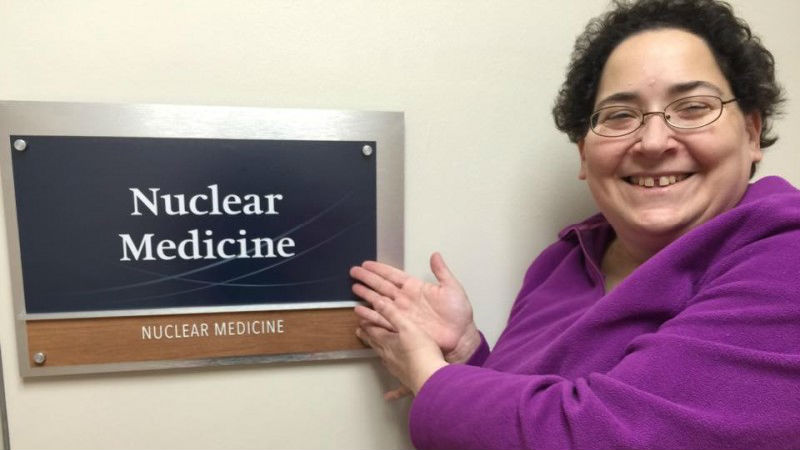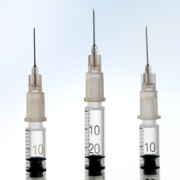At current rates, one out of 111 Americans will get thyroid cancer at some point during his or her lifetime. And the incidence is increasing, both in the United States and worldwide. Women get thyroid cancer at three times the rate for men. Men and women have the same death rates from this cancer, however. It is highly curable when it is treated early.
One explanation for the rising incidence is improvements in detection and diagnosis. A recent study reports the overall incidence of well-differentiated thyroid cancer in the United States has tripled since 1973. Some of the cancers detected today are small and subclinical, and may have been overlooked in the 1970's. However, the incidence of cancers larger than 4 cm has doubled during this time period. It is not clear what caused this trend.
There are four primary subtypes of thyroid cancer:
1. Papillary carcinoma is the most common type in developed countries, and is the least dangerous.
2. Follicular carcinoma accounts for about 30 percent of cases in the United States, but is more common in developing countries where iodine deficiency is common. It is more aggressive.
3. Anaplastic carcinoma, also called giant or spindle cell cancer, is the most aggressive. It is fortunately rare.
4. Medullary carcinoma is a cancer of non-thyroid cells that are normally present in the thyroid gland.
Papillary and follicular carcinomas together are considered well-differentiated thyroid cancers.
Obesity is one factor associated with the increase in thyroid cancer incidence. A recent study showed that higher body mass index is not associated with more aggressive tumors, just a higher risk of any type thyroid tumors.
Dental X-rays show a small but statistically significant correlation with thyroid cancer. High-dose ionizing radiation is the only established cause, according to Reference 4, so researchers hypothesized that low-dose radiation used for check-ups may also be a risk factor. They recommend further study of diagnostic X-ray exposure.
References:
1. Morris LG et al, “Improved detection does not fully explain the rising incidence of well-differentiated thyroid cancer: a population-based analysis”, Am J Surg. 2010 Oct; 200(4): 454-61.
2. Woodruff SL et al, “Global variation in the pattern of differentiated thyroid cancer”, Am J Surg. 2010 Oct; 200(4): 462-6.
3. Paes JE et al, “The relationship between body mass index and thyroid cancer pathology features and outcomes: a clinicopathological cohort study”, J Clin Endocrinol Metab. 2010 Sept; 95(9): 4244-50.
4. Memon A et al, “Dental x-rays and the risk of thyroid cancer: a case-control study”, Acta Oncol. 2010 May; 49(4): 447-53.
5. National Cancer Institute resource:
http://www.cancer.gov/cancertopics/types/thyroid
6. Thyroid cancer statistics:
http://seer.cancer.gov/statfacts/html/thyro.html
Linda Fugate is a scientist and writer in Austin, Texas. She has a Ph.D. in Physics and an M.S. in Macromolecular Science and Engineering. Her background includes academic and industrial research in materials science. She currently writes song lyrics and health articles.






Add a CommentComments
There are no comments yet. Be the first one and get the conversation started!